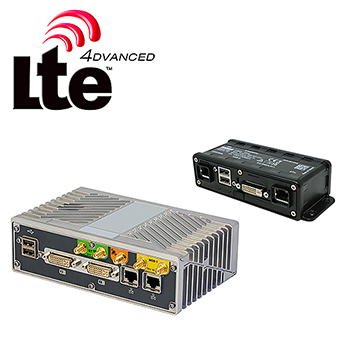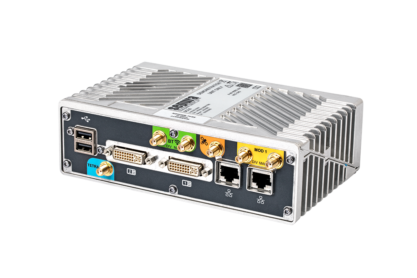POWERING THE FUTURE OF MISSION CRITICAL COMMUNICATIONS
Today, mission critical communications rely on dedicated Land Mobile Radio (LMR) networks to provide a high grade of service for availability, reliability and security. Worldwide, many of these networks are based upon the TETRA standard, providing narrowband voice and data services to its users.
Mission critical users have traditionally relied on voice services but are evolving their operations to encompass many more data services and applications, many of which can be carried over TETRA. There is, however, an increasing need for the use of data services such as video and high-speed data, which have higher bandwidth requirement than narrowband systems can deliver, and require broadband data services, such as LTE, to satisfy this demand and complement their narrowband communications.
Mission critical users need an assured Quality of Service (QoS) from their communications that guarantees that communication is always available when its needed. QoS is the overall performance of a communications network, as seen by the users of the network. To measure Quality of Service quantitatively, several related aspects of the network service are considered, such as error rates, bandwidth, throughput, transmission delay and availability to communicate without delay and with complete reliability. This is dependent upon the design and implementation of both the devices, applications and network to provide unfettered real-time access. Whether this is the use of TETRA today or broadband technology in the future, the requirement is still the same.
Mission Critical LTE (MC-LTE) has been defined by 3GPP as an international standard to provide an equivalent service to current TETRA systems using LTE services. The specification provides for mission Critical Voice (MCPTT), Mission Critical Video (MCVideo) and Mission Critical Data (MCData) allowing both voice and broadband data capabilities to be combined into a single technology. The service provides QoS and performance guarantees, prioritisation and end-to-end security. A set of Key Performance Indicators (KPIs) are defined for communications. These KPI values are intended to ensure that Mission Critical LTE service provides performance that is as good as existing LMR standards and solutions.

